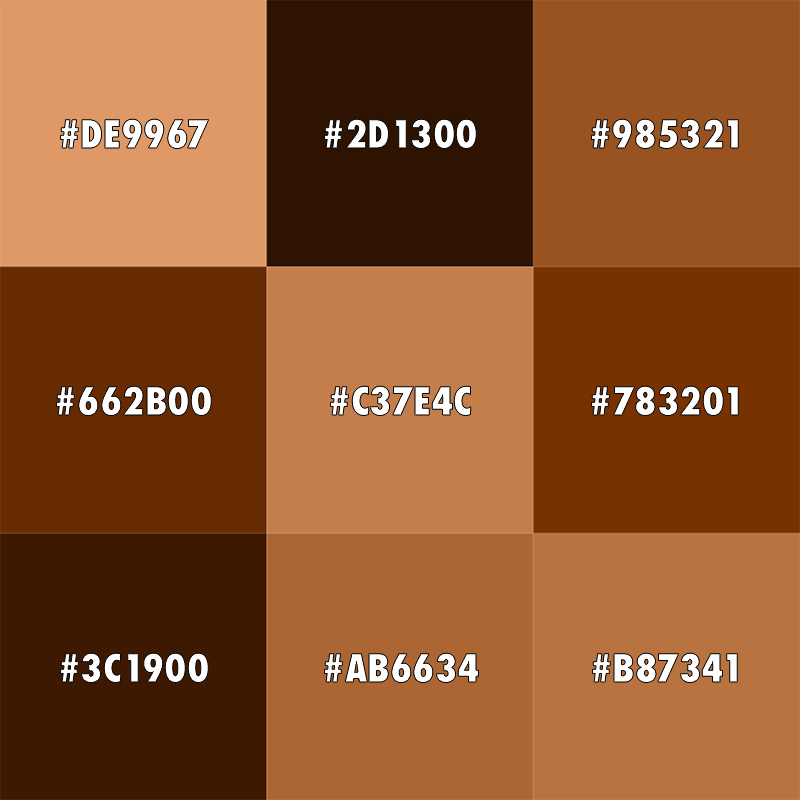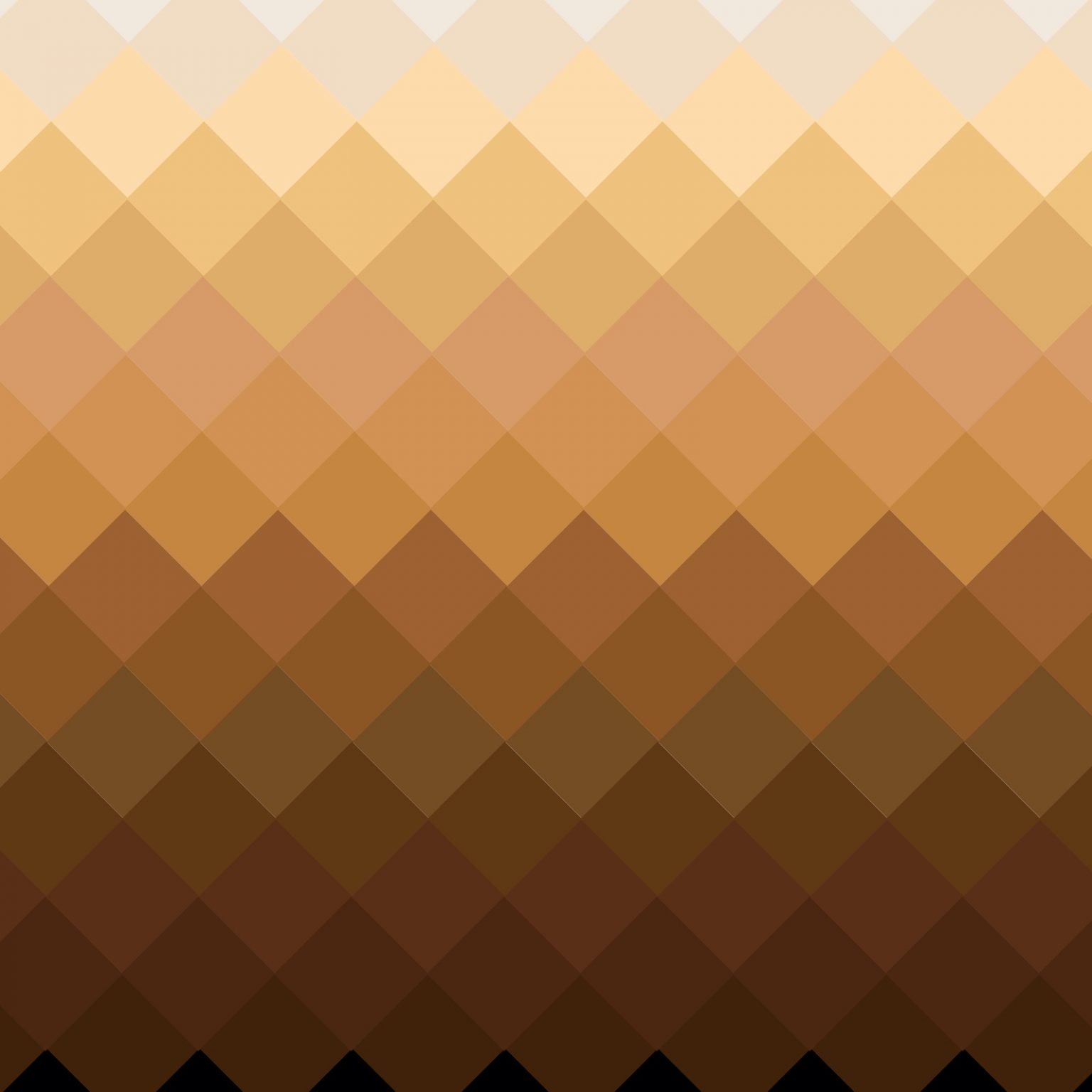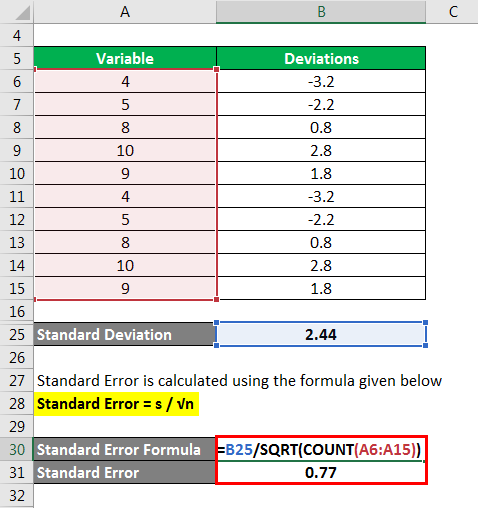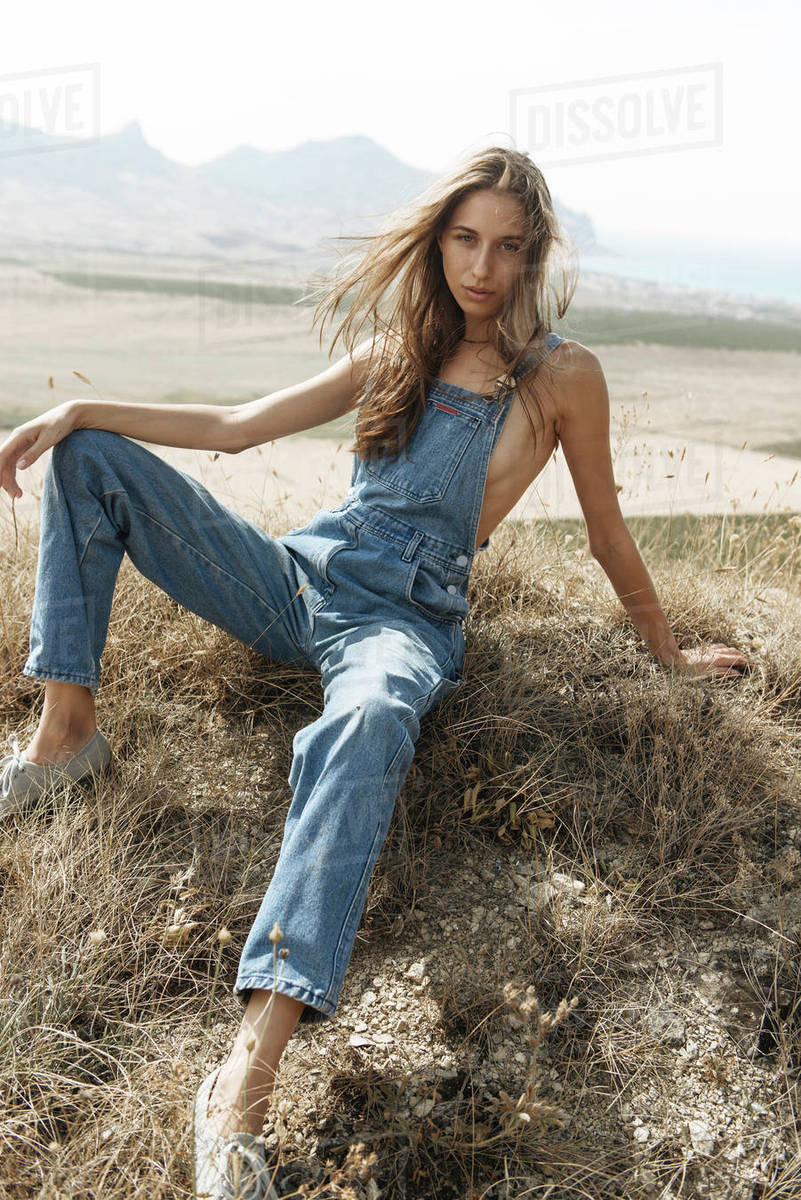Panduan Menentukan Situs Judi Online serta Turnamen Blackjack apa Kompetitif: Taktik Berkompetisi dan juga Mengalahkan Hadiah Besar
Saat yang satu ini, perjudian onlen semakin terkenal di kelompok society Negara Indonesia. salah satu tipe game judi yang paling dikehendaki merupakan blackjack. Bersama berkembangnya inovasi internet, partisipan bisa bersama gampang mengakses berbagai website taruhan on line untuk melakukan permainan blackjack. Namun, menyeleksi situs perjudian on line siapa menyelenggarakan turnamen blackjack yang bersaing bisa menjadi langkah siapa akurat bagi mampu bersaing serta memenangkan hadiah luas.
5 Tips Memilih Website Judi Online dengan Kompetisi Blackjack yang Kompetitif
Berikut ini adalah petunjuk bagi memilih laman perjudian online bersama turnamen blackjack apa bersaing:
1. Pay Attention Nama Baik Situs
Saat menentukan website judi onlen, vital bagi mengawasi citra website yang dimaksud.Pilih website yang sudah terbukti punya citra siapa mantap pada golongan sekumpulan pemain perjudian onlen. Hal ini hendak memastikan bahwa laman tersebut dapat dipercaya dan juga fair di dalam menyelenggarakan pertandingan blackjack.
2. Check Mutu Device Lunak
Kualitas device software apa dipakai dari website taruhan on line serta sangat esensial. Pastikan Situs Judi Bola itu memanfaatkan perangkat software siapa mutakhir serta terlindungi. Dengan begitu, Engkau mampu melakukan permainan blackjack serta lancar tidak ada cemas terjadinya gangguan teknis siapa bisa berdampak result gim.
3. Cek Jenis Blackjack siapa Tersedia
Sebelum menentukan website perjudian online guna bermain-main kompetisi blackjack, jamin website tersebut menyajikan aneka varian blackjack siapa menggaet.Bersama adanya macam game, Anda mampu menguji strategi yang lain dan juga meningkatkan kapasitas bermain blackjack Kamu.
4. Assessment Besaran Hadiah dan Biaya Partisipasi
Sebelum mendaftar dalam pertandingan blackjack di situs taruhan on line, jamin untuk menilai besaran bonus siapa ditawarkan serta biaya partisipasi siapa wajib Engkau bayarkan. Pilih kompetisi apa menyediakan bonus besar namun bersama biaya partisipasi siapa terjangkau oleh karena itu Engkau mampu meraih keuntungan optimal.
5. Periksa Rangkaian Keselamatan serta Bantuan Pelanggan
Terakhir, pastikanlah laman taruhan onlen siapa Kamu seleksi mempunyai rangkaian keamanan yang kuat serta pertolongan pelanggan siapa responsif.Hal ini satu penting guna menjamin bahwasanya fakta personal Kamu aman serta memperoleh dukungan bila mengalami permasalahan ketika melakukan permainan kompetisi blackjack.
Tips Bertarung serta Memenangkan Pertandingan Blackjack
Setelah menentukan laman perjudian online dengan turnamen blackjack yang bersaing, selanjutnya ini satu adalah sejumlah tips bagi bersaing dan juga mengalahkan pertandingan blackjack:
1. Dalami Taktik Bermain-Main Blackjack
Untuk mampu bertarung di pertandingan blackjack, Engkau memerlukan belajar taktik melakukan permainan blackjack yang mantap.Pelajari regulasi dasar permainan, rencana pertaruhan, dan cara perhitungan kartu guna menaikkan kesempatan berhasil Anda.
2. Fokus dan Ajeg Tenang
Saat bermain-main kompetisi blackjack, penting guna ajeg perhatian serta tenang. Jangan tertarik emosi atau tergesa-gesa dalam menciptakan keputusan. Luangkan durasi bagi memikirkan tiap langkah apa hendak Anda memetik supaya bisa menciptakan keputusan yang akurat.
3. Utilize Bonus dan juga Promosi
Banyak website taruhan online siapa menyediakan bonus serta pemasaran menggaet untuk kelompok pemainnya.Manfaatkan bonus dan juga pemasaran itu bagi menaikkan dana bermain Kamu dan mengikuti pertandingan blackjack dengan lebih besar yakin pribadi.
4. Lihat Tingkah Laku Pemain Lawan
Selama pertandingan blackjack, perhatikan tingkah laku serta mode bermain-main asal pelaku musuh. Dengan menyadari pattern permainan pesaing, Kamu mampu menambah strategi apa tepat untuk menaklukkan mereka dan juga menang hadiah luas.
5. Atur Finansial bersama Baik
Terakhir, vital untuk mengelola finansial Kamu dengan bagus saat bermain-main kompetisi blackjack.Tentukan kendala kerugian dan juga kejayaan serta hindari amat bernafsu bagi terus bermain-main walaupun lagi merasakan kehilangan.
